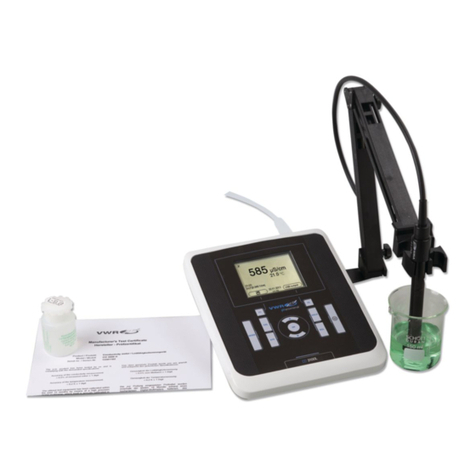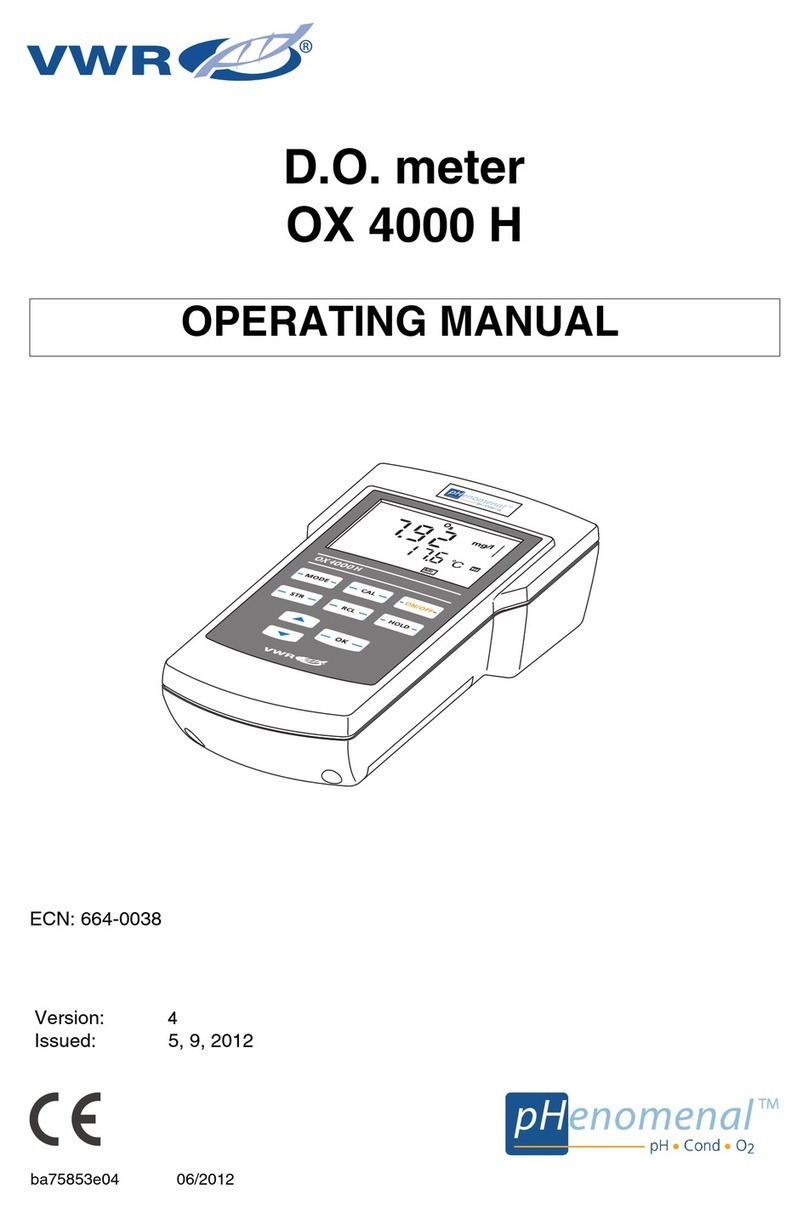VWR DO-230 User manual
Other VWR Measuring Instrument manuals
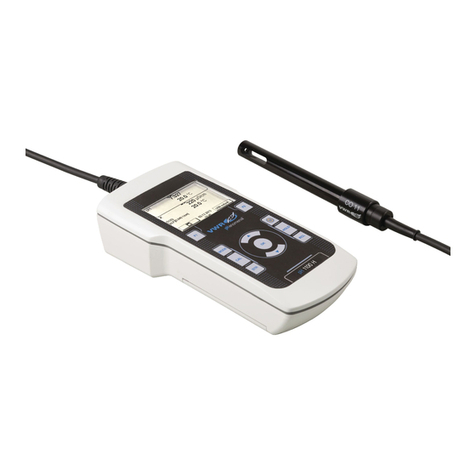
VWR
VWR OX 4100 H User manual

VWR
VWR P4 User manual
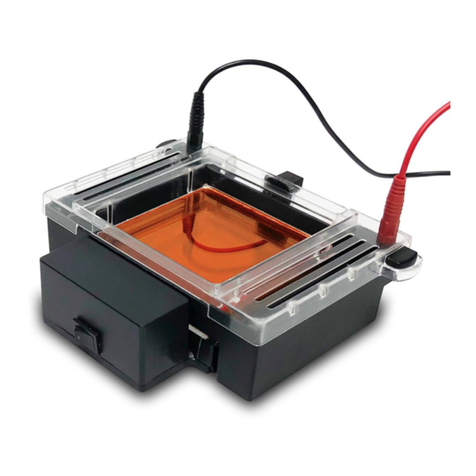
VWR
VWR avantor 76359-754 User manual

VWR
VWR MU 6100 H User manual
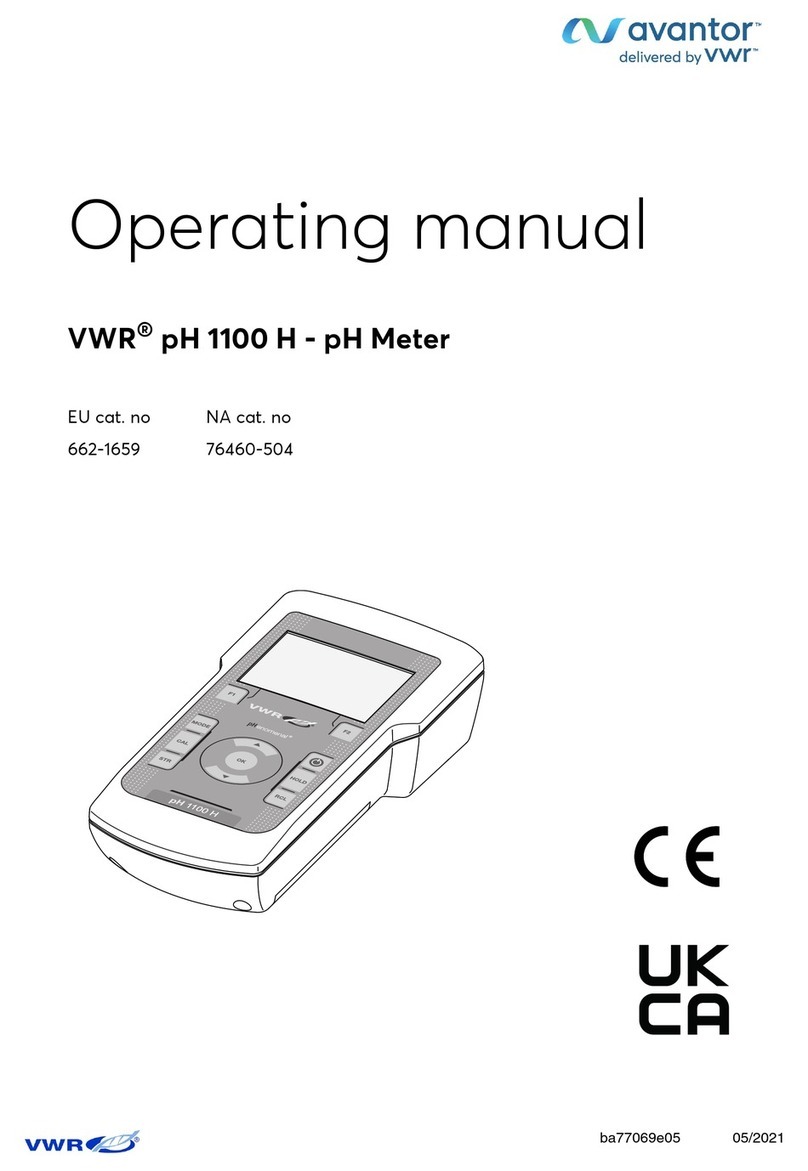
VWR
VWR pH 1100 H User manual
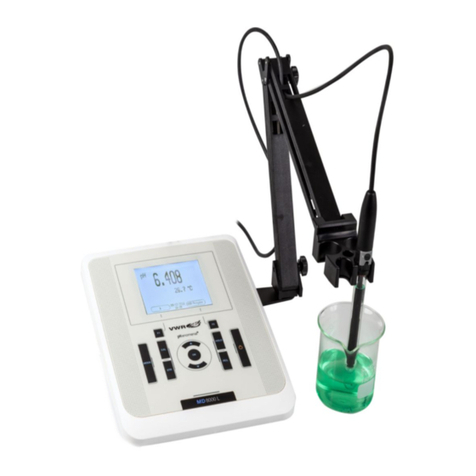
VWR
VWR MD 8000 L User manual
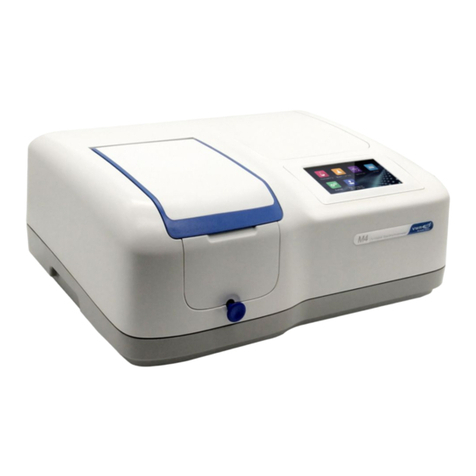
VWR
VWR M4 Installation guide

VWR
VWR MD 8000 L User manual

VWR
VWR Peqlab peqPETTE eType User manual
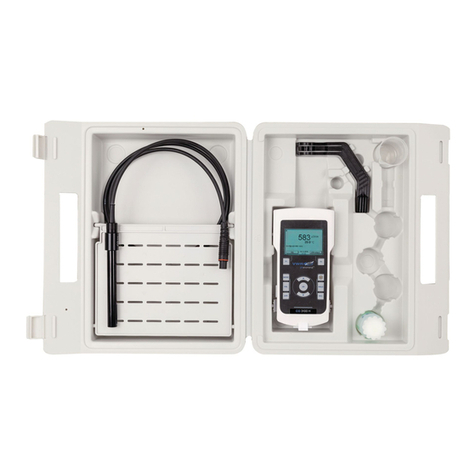
VWR
VWR avantor CO 3100 H User manual

VWR
VWR MD 8000 H User manual
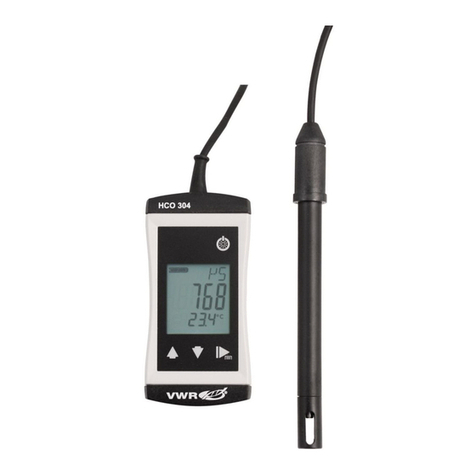
VWR
VWR 304 Series User manual

VWR
VWR 635-0722 User manual
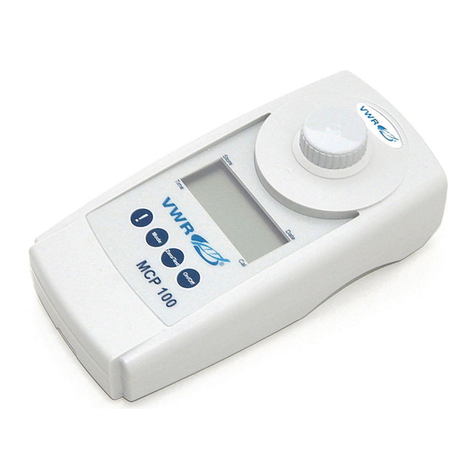
VWR
VWR MCP 100 User manual

VWR
VWR avantor CO 3100 H User manual
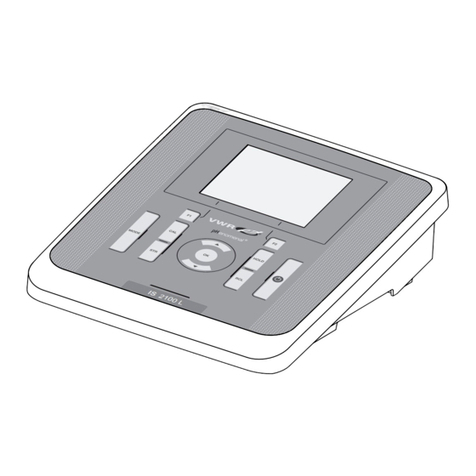
VWR
VWR AVANTOR IS 2100 L User manual

VWR
VWR Avantor MU 6100 L User manual
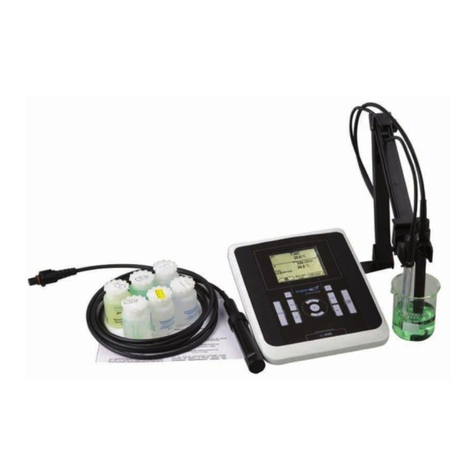
VWR
VWR avantor pH 1100 L User manual

VWR
VWR PH-130 User manual
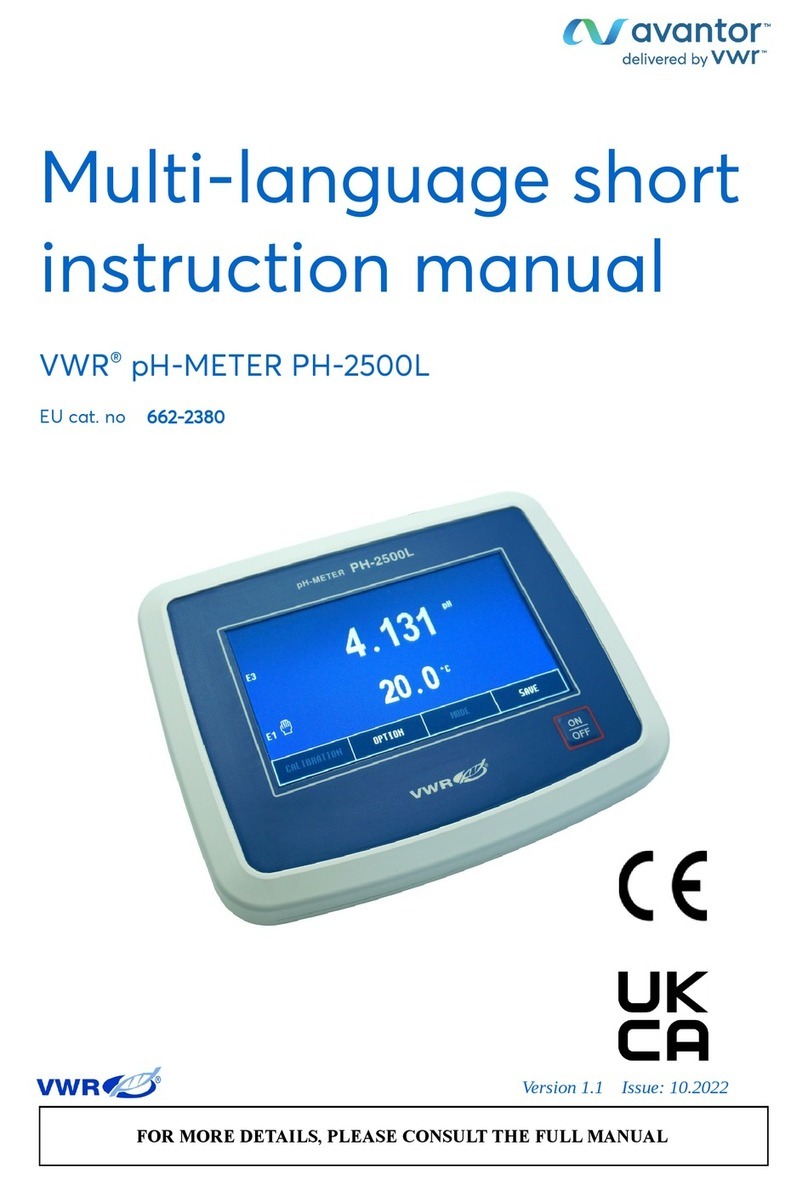
VWR
VWR avantor PH-2500L User manual
Popular Measuring Instrument manuals by other brands

Powerfix Profi
Powerfix Profi 278296 Operation and safety notes

Test Equipment Depot
Test Equipment Depot GVT-427B user manual

Fieldpiece
Fieldpiece ACH Operator's manual

FLYSURFER
FLYSURFER VIRON3 user manual

GMW
GMW TG uni 1 operating manual

Downeaster
Downeaster Wind & Weather Medallion Series instruction manual

Hanna Instruments
Hanna Instruments HI96725C instruction manual

Nokeval
Nokeval KMR260 quick guide

HOKUYO AUTOMATIC
HOKUYO AUTOMATIC UBG-05LN instruction manual

Fluke
Fluke 96000 Series Operator's manual

Test Products International
Test Products International SP565 user manual

General Sleep
General Sleep Zmachine Insight+ DT-200 Service manual


